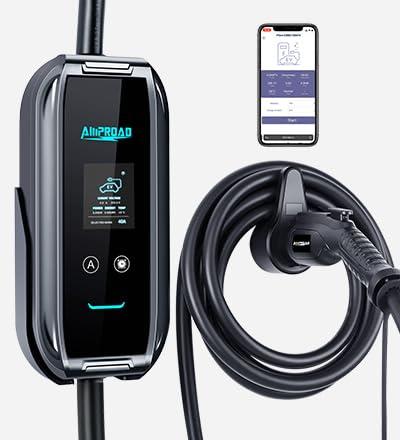Time
Mastering the Rivian R1T Range Calculator: An In-Depth Review
Driving an electric vehicle (EV) like the Rivian R1T is a thrilling experience, with the smooth acceleration, hushed ride, and the satisfying knowledge that you're reducing your carbon footprint. But the question of range - how far you can travel on a single charge - is always crucial. Let's delve into the Rivian R1T range calculator and see how different factors can influence the range.
What Factors Can Increase the Rivian R1T Range?
Many factors can affect the Rivian R1T range, and understanding these can help you maximize your vehicle's efficiency. One of the key considerations is driving style. Gentle acceleration, maintaining a steady speed, and minimizing heavy braking can significantly improve your range. Next, optimal tire pressure ensures less energy is wasted overcoming rolling resistance. Lastly, using the heater or air conditioning sparingly can help conserve battery life, as extreme temperatures can impact the range of an electric car.
How to Estimate the Range of R1T Using Battery Capacity?
To estimate the Rivian R1T range using battery capacity, you need to understand the concept of energy efficiency, measured in watt-hours per mile (Wh/mi). For instance, if your R1T have a 135 kWh battery pack, your estimated range would be approximately 225 miles. However, this is an ideal scenario and does not account for many real-world factors like weather and terrain.
How is the Range Calculated Based on Rivian EV Battery State of Charge?
The Rivian R1T range calculator estimates how far you can drive based on the battery's current state of charge. This information is critical for planning trips and charging stops. For example, if your battery is 50% charged, and your vehicle is indicating a total potential range of 225 miles, you could expect to travel about 110 miles on your remaining charge.
What Factors Influence the Rivian R1T Range?
While factors like driving style and weather impact the range, the Rivian R1T range calculator also takes into account the vehicle's speed, weight, and aerodynamics. High speeds increase energy consumption, as do extra weight and poor aerodynamics. Moreover, topography plays a role - driving uphill consumes more energy, while downhill stretches can recharge the battery through regenerative braking.
How Does the Charging Range Calculation Work with Rivian Specific Factors?
Rivian's proprietary technology plays a significant role in determining the R1T's range. The Rivian R1T range calculator uses machine learning algorithms that factor in the vehicle's history, driving conditions, and personal driving style to deliver accurate predictions. As you drive your R1T more, the range predictions become increasingly precise.
What's the Impact of R1T EV Charging Method on Range?
The method of charging your Rivian R1T can have a significant impact on your vehicle's range. Level 1 charging (a standard household outlet) is convenient but slow, while Level 2 charging (240 volts), common at public charging stations and homes equipped with an EV charger like the Autel MaxiCharger, provides a faster charge. For instance, using portable EV chargers can ensure you're never stranded without power, but might not provide as fast a charge as more robust options.
Understanding how to maximize your Rivian R1T range and using the Rivian R1T range calculator can help you get the most out of your electric vehicle. Whether it's by adjusting your driving style, maintaining proper tire pressure, or choosing the most efficient charging method, you can make every electron count and enjoy the full benefits of driving the groundbreaking Rivian R1T.





